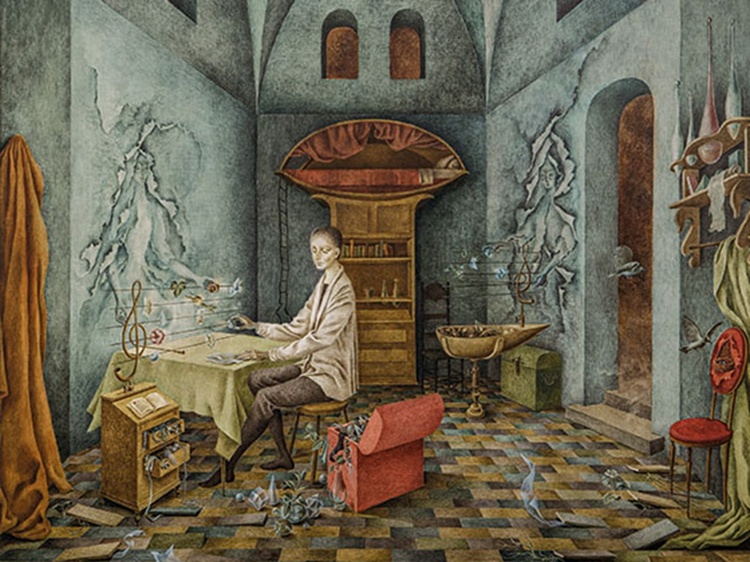
New works by Frida Kahlo, Diego Rivera and Remedios Varo
New works by Frida Kahlo, Diego Rivera and Remedios Varo in the Third Eye exhibition
Malba announces the arrival of five new works from the private collection of the museum's founder and honorary president, Eduardo F. Costantini, to the Third Eye exhibition, which, since August 2022, brings together more than 220 iconic works of Latin American art in a tour that puts the Malba Collection and that of its founder in dialogue. It is divided into two large conceptual cores: Inhabit and Transform.
The exhibition proposes the display of a collection in transformation that changes shape over time, illuminating key moments of art in the region in dialogue with artistic and social themes, both historical and contemporary.
As a central part of the Third Eye exhibition, a room dedicated to Frida and Diego has been presented since April 2024. Dance in Tehuantepec (1928) by Diego Rivera, one of the most important and largest easel paintings by the famous Mexican artist, and for the first time the lithograph Untitled (The Abortion) (1932) can be seen again in Buenos Aires. by Frida Kahlo never before presented in Argentina, recently acquired by Elina and Eduardo F. Costantini.
The new room in Malba that makes up the Transformar los affections core focuses on the bond and love for the traditions of the isthmus of Tehuantepec of the two artists. Along with these two works, Frida's Self-Portrait with Monkey and Parrot (1949) from the Malba Collection is exhibited along with a series of photographs and historical letters that give an account of their life together, the couple's interests and cultural identity. Mexican during the first half of the 20th century.
Varus remedies. Transform the ritual
In addition, two emblematic works by Remedios Varo are exhibited in Third Eye in a section dedicated to surrealism. These are Armonía (1956), which is presented in Argentina for the first time, and Sympathy (the Cat's Rage) (1955), which could be seen in Constelaciones, the anthological exhibition dedicated to the artist at the museum in 2020. Together with Icono ( 1945) from the Malba Collection, the three works show Varo's great fantastic universe where the human, animal, plant and mechanical world is combined, resulting in a complex and unique visual story.
Varo's three works are accompanied by the photographs of Kati Horna, Oda a la Necrofilia, from the homonymous series (1962), who was his friend and partner in the studio in the ritual practices of magic and occultism, which would be trademarks distinctive features of his artistic production. This group of surrealist women is called Transforming the Rite.
Transform reality
In the adjacent room, a selection of surrealist works by modern artists is presented who sought to disrupt perception until reaching a convulsive beauty that involved chance and allowed one to place oneself outside of rational logic. With the title of Transforming reality, four pieces by the Argentine Juan Battle Planas are exhibited: three versions of Paranoid Radiographs (1936) and Benzolinar (1937). Pieces such as The Disasters of Mysticism (1942) by Roberto Matta - whose Composition (1937) is also exhibited - and Dream of a Man Condemned to Death (1955) by Roberto Aizenberg feed a surreal spatiality through a mystical atmosphere that generates cosmic landscapes. unpredictable. The three paintings by Agustín Lazo: The Examination (1930), Final Judgment or The Theater Mask (1937) and En el Asilo (1930) highlight the presence of the metaphysical condition as an inexhaustible source of styles; while El eros cultural (1980) by Aída Carballo gives an account of the incorporation of sexuality in the imaginary of cultural emancipation.
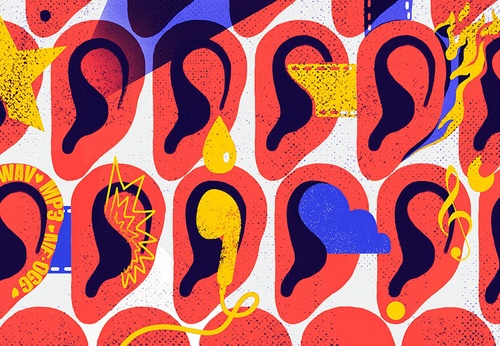
- July 18, 2025
Gallery of Illustration by Yanaisy Puentes – Cuba
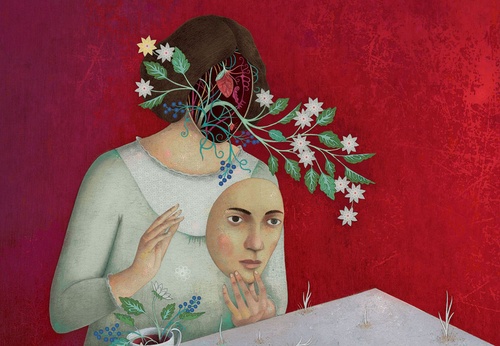
- July 18, 2025
Gallery of Illustration by Alefes Silva – Colombia
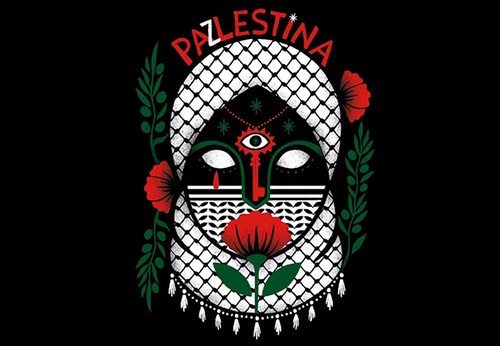
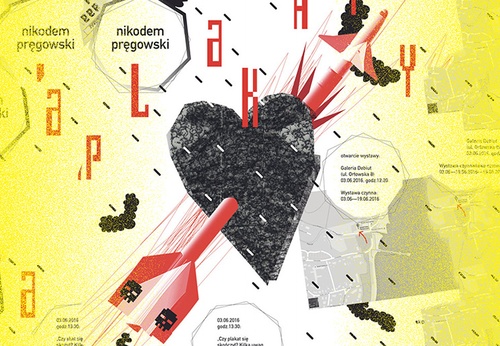
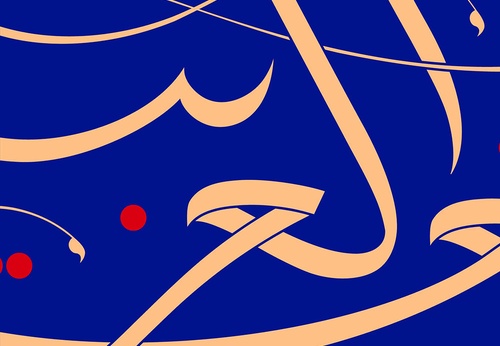
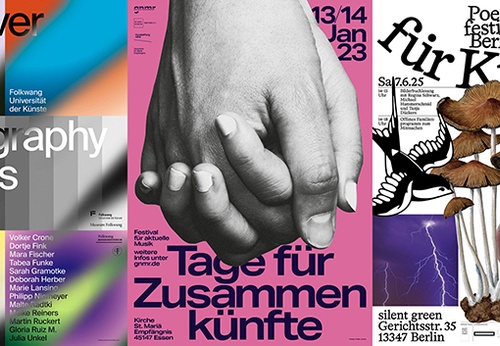

- July 18, 2025
Gallery of Graphic Works by Rodrigo Castello from Brazil
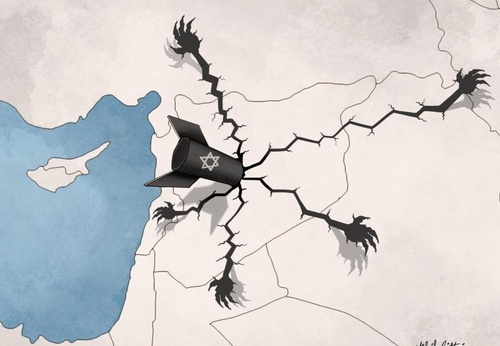
- July 17, 2025
Syria
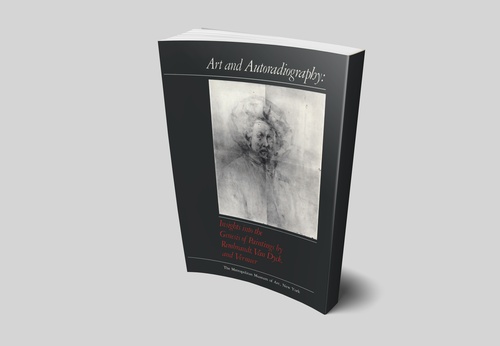

- July 16, 2025
ICBC Argentina Exclusive at MALBA

- July 16, 2025
The Ama Amoedo Foundation will award $1…

- July 16, 2025
Art Exhibition, "The Psychonaut," by Ch…

- July 15, 2025
Rudy Cottón Exhibition in Guatemala

- July 15, 2025
Exhibition of a Legend of Latin America…

- July 14, 2025
An exhibition that says nothing

- July 12, 2025
Art as a tool for “a healthy and creati…

- July 12, 2025
The art of Páez Vilaró arrives in Villa…

- July 12, 2025
Circuits of the Future in Carlos Ortúza…

- July 11, 2025
Works by Six Latin American Artists

- July 10, 2025
The Voice of Latino Art in the Heart of…

- July 09, 2025
Douglas proposed in front of the painti…

- July 08, 2025
Unprecedented Botero Exhibition in Guan…

- July 07, 2025
Last chance to view LATINOAMERICANO exh…

- July 07, 2025
The contemporary art exhibition was ina…

- July 02, 2025
Hugo Correa Exhibits at Museo Ralli San…

- July 02, 2025
The Exhibition That Reimagines the Past…

- July 02, 2025
The Major Exhibition "Before America" …

- June 29, 2025
Peruvian painter Gerardo Chávez dies at…

- June 29, 2025
ARCOmadrid 2026 Opens Call for Entries …

- October 08, 2023
Illustrations reflect the brutal Israel…

- December 25, 2023
The jury statement of the Iran-Brazil F…

- July 29, 2023
History of Caricature in Brazil

- April 20, 2024
Poignant Image of Grief Wins Mohammed S…

- March 21, 2024
The history of art in Palestine

- May 22, 2025
Brady Izquierdo’s Personal Exhibition O…

- September 01, 2023
Neural Filters in new photoshop 2023

- October 21, 2023
Erick Meyenberg and Tania Ragasol at th…

- May 25, 2025
Bordalo II to hold exhibition in Paris …

- August 09, 2023
Venezuela mural expresses solidarity wi…

- March 30, 2024
illustration websites in Latin America

- March 15, 2024
museum of sculpture of Salvador Dali

- March 14, 2024
museum of statue of van gogh

- May 20, 2024
Latin American Festival of Performing A…

- July 30, 2024
The artist from San Luis Mirta Celi rep…

- March 18, 2025
Works by Cuban Artist Eduardo Abela in …

- January 04, 2025
Material Art Fair 2025

- July 03, 2024
Newly discovered rock art in Venezuela

- November 07, 2024
The exhibition “The message behind Bote…

- October 30, 2023
Palestinian turns images of the Gaza co…

- February 18, 2024
7 Ways to Understand What Visual Arts A…

- May 15, 2024
Eleven murals for Gaza painted across t…

- January 02, 2025
13 commemorations that will mark the cu…

- October 08, 2023
Illustrations reflect the brutal Israel…

- October 17, 2023
The influence of Latin American artists…

- November 17, 2023
Fernando Botero's work is booming after…

- December 25, 2023
The jury statement of the Iran-Brazil F…

- July 29, 2023
Piracicaba International Humor Exhibiti…

- February 03, 2024
THE HISTORY OF NAIF ART

- November 06, 2023
Heba Zagout: Palestinian artist murdere…

- July 02, 2024
One of the largest urban art galleries …

- February 01, 2025
A maior exposição de Botero em Barcelona

- December 10, 2023
Sliman Mansour and Palestinian art on t…

- July 20, 2024
First International Mail Art Biennial 2…

- September 01, 2023
Neural Filters in new photoshop 2023

- March 14, 2024
museum of statue of van gogh

- October 30, 2023
Palestinian turns images of the Gaza co…

- October 23, 2023
Controversy over the project that will …

- February 06, 2024
Bolivian artists will be at the 2024 Ve…

- February 08, 2024


